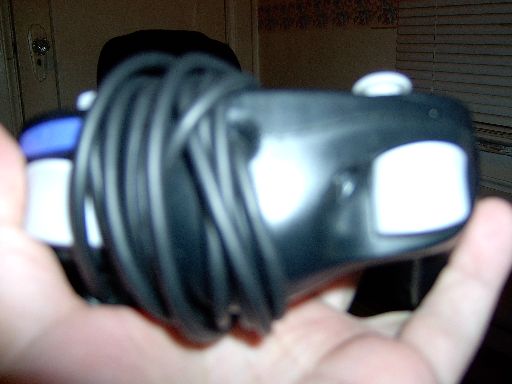These days I find it tougher and tougher to find time to devote to playing games, which is side effect of having a full-time job. Which pretty much means that I get to play through most of my games once before moving on to the next. But some games can transcend that. They’re games that I not only have played through more than once, they’re games that I’ve purchased multiple times, sometimes as remakes, and have been able to squeeze them in during particularly lean times, or when I have enough time to play something short and sweet instead of something epic and lengthy.
Mostly, it ends up being puzzlers. If they’re good enough, they can’t really be mastered, and you’re only competing against yourself. So games like Puzzle League / Tetris Attack are a must, but also stuff like the old NES games (thank you, Wii Virtual Console) make the cut.
I know I can’t be alone in this, so I’d like to know. What games make the cut for you? Which ones are good enough that you’ll buy them more than once?


